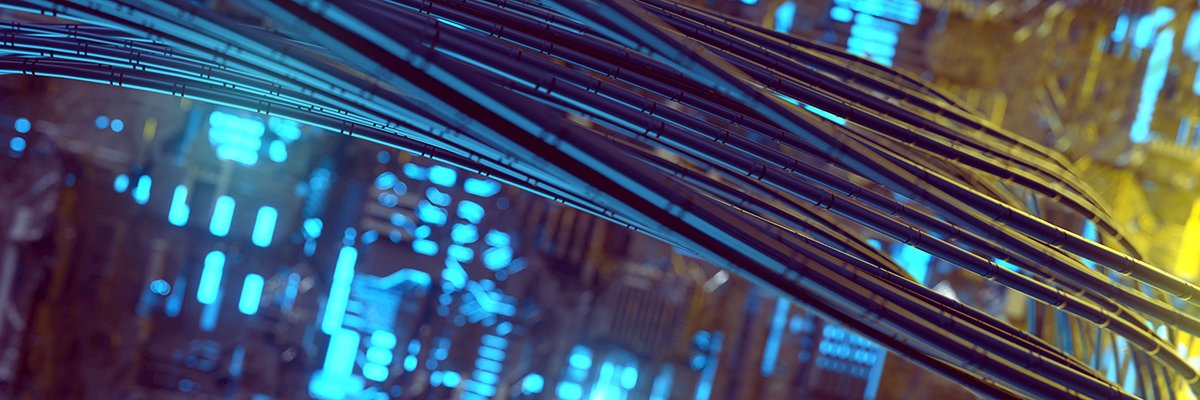Editor's note
Today's integrated backup appliances include backup software, storage and deduplication on a single device. An integrated data backup appliance works directly with the application, server or hypervisor to protect virtual machines (VMs), databases and other application data. Appliance-based data backup systems offer a range of benefits, including the ability to run virtual workloads and long-term data preservation on premises or in the cloud. Customers don't have to buy a separate backup software application.
These integrated appliances deliver all of the functions needed for data restore, such as cataloging, indexing and search, and address an IT organization's need for data management beyond primary storage. These include converged secondary storage appliances with functions such as backup, archiving, disaster recovery, copy data management and test/dev data.
The data backup appliance also serves as a host for active data. With server virtualization, the appliance acts as a data store and can be used to start VMs based on backups. This provides the organization with a powerful way to recover data or validate backups as they are taken.
While not suitable for all deployments, many IT organizations -- including those that do not have a dedicated backup team -- can benefit from implementing a data backup appliance. The vendor does the integration, selecting the server and storage components that will work best with the backup software. The vendor also manages the product infrastructure, replacing failing components as needed and managing software upgrades and patches.
It's crucial to carefully evaluate integrated backup appliances and their capabilities when assessing their role in your organization's backup infrastructure. But before you invest in a data backup appliance, there are several key questions to ask. For example, what makes an appliance different from a traditional backup? What type of secondary storage do these appliances offer?
This buyer's guide is designed to help you answer these questions and to take the guesswork out of buying a data backup appliance. By examining the features and functionalities and matching those to your requirements, you can select the appliance that will best meet your organization's needs.
A product roundup provides an in-depth look at eight leading backup appliances. Although many appliance-based data backup systems have similar features and functionality, these descriptions can help you differentiate between the various products by examining such things as how each appliance is sold, form factors and the security protection provided.
This guide was created using extensive research into the data backup market. TechTarget editors focused on integrated data backup appliances that include hardware and software that are provided by the same vendor. Our research included data from TechTarget surveys, as well as reports from other respected research firms, including Gartner.
1Considerations for selecting a data backup appliance
Before seriously evaluating appliance-based data backup systems, you must prioritize your organization's specific needs, including capacity and performance requirements and secondary data usage, and create a list of must-have features.
2Selecting the right integrated backup appliance
Here, we examine appliance-based data backup systems from eight leading integrated appliance vendors. Learn how each vendor addresses capacity, performance and secondary storage, as well as which OSes, hypervisors and databases each system supports.
3What integrated data backup appliances offer
These product descriptions examine how each system addresses functions such as backup, archiving, disaster recovery and replication, and which can be used for test/development and analytics.
